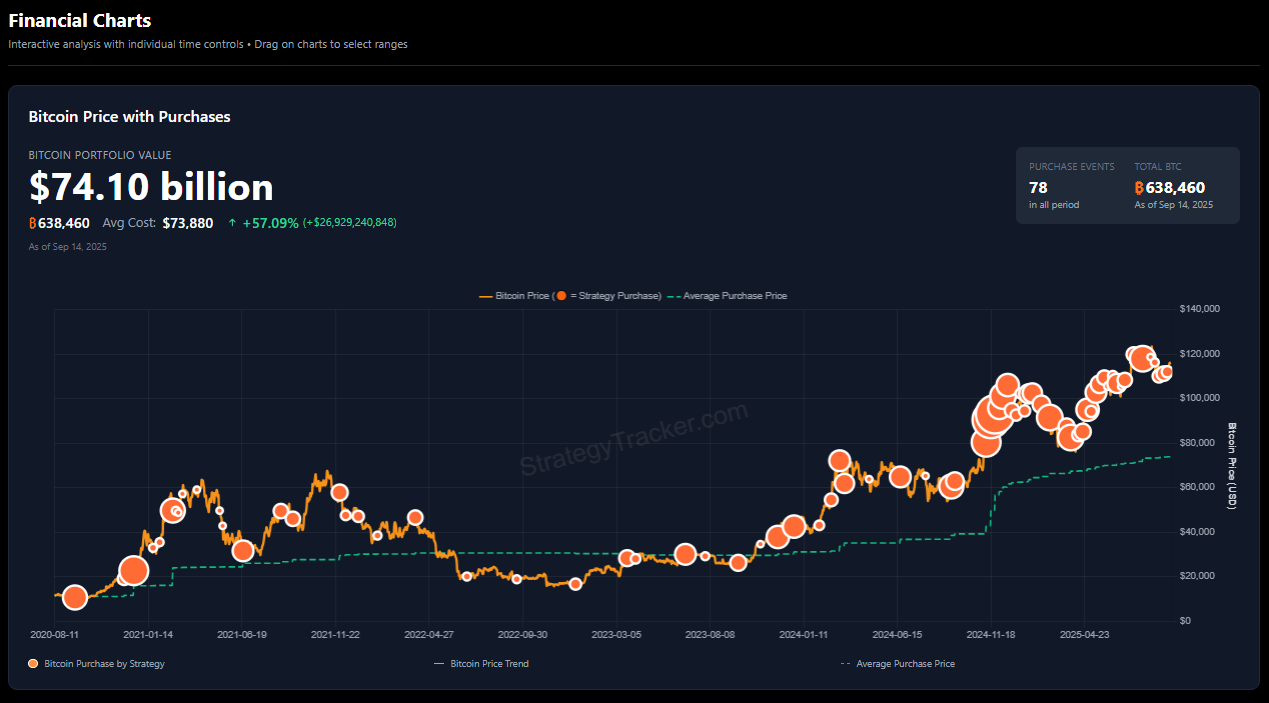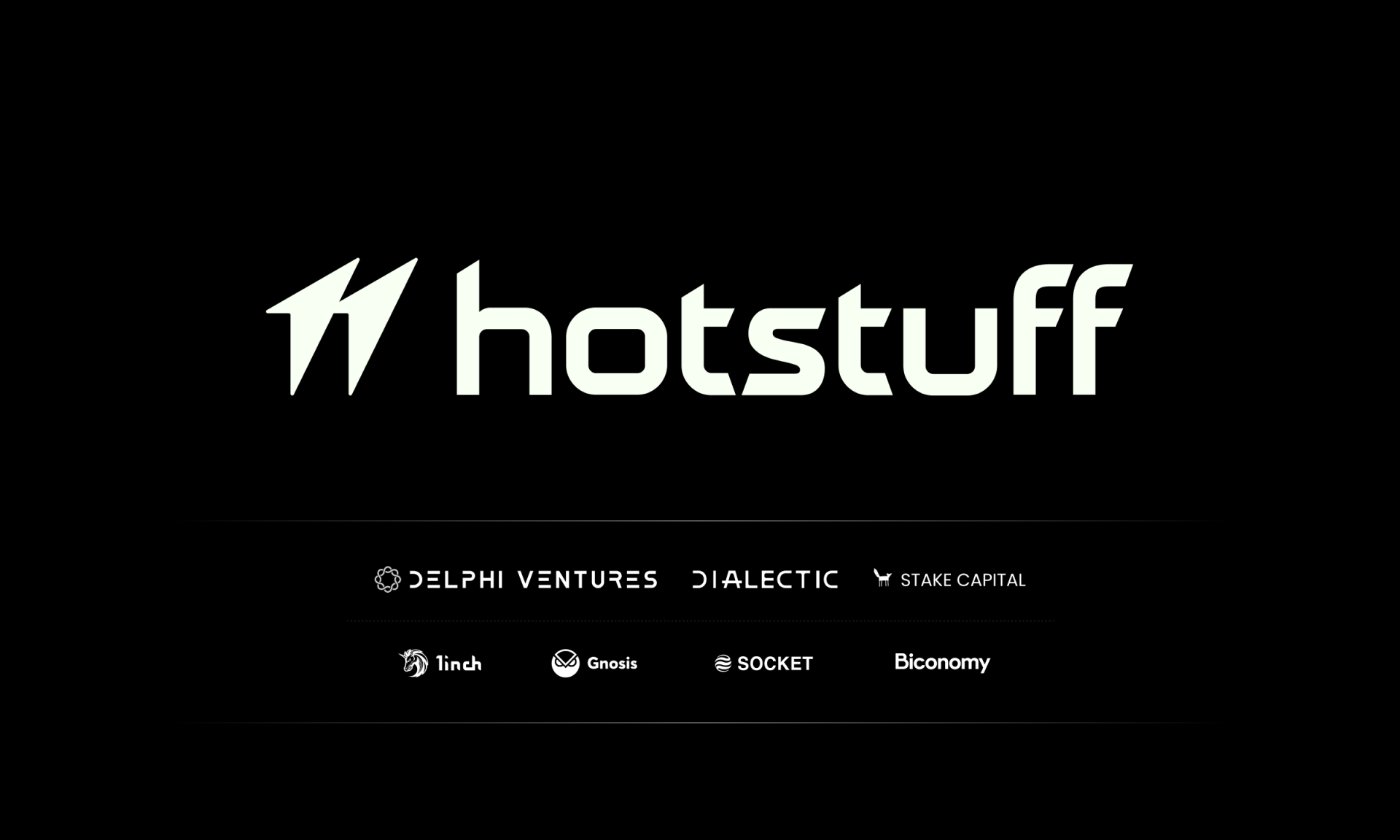Bitcoin
Bitcoin is widely regarded as the first truly decentralized digital currency. It was introduced in 2009 and operates free of control from governments or central banks.
Instead, it relies on a network of “nodes” (or participants) who verify transactions and ensure that things run smoothly.
This system allows anyone, anywhere in the world, to transfer value without intermediaries.
Bitcoin is so popular because of two main attributes.
First, it has a capped supply of 21 million coins, which prevents uncontrolled issuance. Second, it uses cryptography to secure transactions. This makes it highly resistant to fraud or counterfeiting.
Bitcoin Technical Info
Bitcoin is popular, but what makes it so?
The answer to this is its technical framework. Unlike fiat currencies like the dollar or Euro, it is transparent and governed by rules encoded in software.
| Blockchain | Own Blockchain |
| Consensus | Proof-of-Work (PoW) |
| Block Time | 1 Min |
| Hash Algorithm | SHA256 |
| Inflation | Max Supply (21M BTC) |
| Org. Structure | Decentralized |
| Development Status | Working Structure |
| Open Source | Yes |
| Hard Wallet Support | Yes |
The fixed cap of 21 million coins is its main source of scarcity. Unlike fiat currencies that can be printed in unlimited amounts, Bitcoin’s code enforces this limit.
The halving cycle, which occurs every four years, reduces the number of new bitcoins entering circulation. This mechanism is one of the most closely monitored events by traders and investors.
This is because it controls much of Bitcoin’s market activity.
The network’s security also rests on the SHA-256 algorithm. This clever piece of cryptography makes sure that blocks and transactions cannot be changed. In essence, counterfeiting coins or tampering with records is practically impossible without somehow gaining control of the entire network (which is even more impossible).
Bitcoin News
Overview of Bitcoin
Bitcoin was born in the aftermath of the 2008 financial crisis. Its creator, under the pseudonym Satoshi Nakamoto, designed it as a peer-to-peer electronic cash system.
The idea was to enable direct payments between individuals, without the need to rely on banks.
Bitcoin is unlike conventional money in that thousands of computers (called nodes) validate and record its transactions. What this implies is that no single authority can change the rules or shut down the system.
Transparency is another characteristic. Every transaction is recorded on the blockchain. They are visible to anyone. Yet, user identities are hidden and are represented only by addresses.
This clean blend of openness and privacy is what makes Bitcoin so interesting compared to banking systems. Once a transaction is confirmed, it cannot be reversed.
Who Founded Bitcoin?
The name Satoshi Nakamoto is tied to Bitcoin’s creation. However, the true identity is still unknown. Nakamoto released the white paper in October 2008 and launched the software in January 2009.
For about two years, this individual (or group of individuals) communicated with the developer community through forums and emails before disappearing in 2010.
When Nakamoto left, they handed control of the project’s codebase to Gavin Andresen, who continued maintaining the software. Nakamoto’s disappearance means that there is no figurehead remaining to make decisions or claim ownership.
Speculation about who Nakamoto might be has run hot, and many candidates have been suggested, from scientists to cryptographers. However, no theory has been proven yet.
Proof of Work
Proof of Work (PoW) is what secures the Bitcoin network. It makes sure that only valid transactions are added to the blockchain. The process is straightforward in design, yet it is computationally demanding.
This is how it works:
- Transactions are broadcast and collected into a pool.
- Miners group them into blocks and compete to solve a mathematical puzzle.
- The first miner to solve it shares the solution, which is then verified by others.
- Once approved, the block is added to the chain, and the miner receives rewards.
The “work” comes from the computational effort required to solve the puzzle. The “work” was intentionally put in place to stop fraud, since changing anything on the blockchain would require re-mining every subsequent block.
For context, this is vastly impossible, at least with the world’s current computers.
Unique Features of Bitcoin
Several features set Bitcoin apart from other forms of money and digital assets:
- Decentralization: The system has no central authority. This reduces censorship risks.
- Fixed Supply: The 21 million cap makes suire of scarcity and predictable issuance.
- Immutability: Once transactions are confirmed, they cannot be changed.
- Censorship Resistance: Anyone with internet access can use Bitcoin without approval.
- Pseudonymity: Public addresses shield user identities while keeping records transparent.
- Divisibility: Each Bitcoin can be split into 100 million units. This means that microtransactions are allowed.
All of these factors make Bitcoin very different from traditional money and also from many newer cryptocurrencies.
How Bitcoin Works
The Bitcoin network is built on cooperation between nodes, miners and users.
Nodes maintain copies of the blockchain and make sure that all participants agree on the state of the ledger. Wallets allow individuals to send and receive Bitcoins and are secured by private keys that act as digital signatures.
When a transaction is created, it circulates through the network until miners include it in a block.
Proof of Work makes sure of the validity of the block, after which nodes confirm and add it to the blockchain. This kind of distributed process prevents fraud and an issue known as double-spending.
What is the Bitcoin Mining Process?
The Bitcoin mining process is the backbone of the network because it confirms transactions and introduces new bitcoins into circulation.
Mining is highly competitive and requires massive amounts of resources. This is because it depends on the Proof of Work (PoW) consensus mechanism. However, to understand how it works, the process can be broken into clear steps.
First, when someone sends a Bitcoin transaction, it is broadcast to the network. It then enters the mempool. Think of the mempool as a public queue where all unconfirmed transactions wait for inclusion in a block.
Next, miners use powerful computers to select transactions from this pool and bundle them into a block. It is at this point that the real competition begins.
In order to validate the block and add it to the blockchain, a miner must solve a cryptographic puzzle.
The task involves finding something known as a “nonce”, or a “Number used ONCE”. This nonce is important because when it is combined with the block’s data and processed through the SHA-256 hash function, it generates a hash that meets some very strict conditions.
These “strict conditions” are extremely difficult to hit. This means that miners need to have computers that can perform trillions of guesses every second.
The network adjusts this difficulty roughly every two weeks. No matter how many miners compete, the adjustment makes sure that a new block is found about every ten minutes.
This is what keeps Bitcoin’s issuance rate steady and predictable.
If (or when) a miner finally discovers the correct nonce, they broadcast their solution, and other miners immediately verify the block.
The miner who solved it receives the block reward (newly created bitcoins) and any transaction fees included in the block.
This design makes the blockchain secure, and rewriting records would demand redoing all of the computational work from that point forward. This is nearly impossible, and simply cannot be done without an incredibly powerful quantum computer (which currently does not exist).
Management of Bitcoin
Bitcoin has no headquarters or board of directors. Instead, its governance is shared by many different participants, each with their own roles.
This said, a group of developers maintains the open-source software. They review code, propose upgrades and debate new features. However, they cannot force changes, and any modification must be adopted voluntarily by the network.
Miners also provide the raw computing power that validates transactions and secures the chain. Their financial investment in hardware and energy gives them an incentive to play by the rules, rather than undermine the system.
Nodes are another layer of oversight. These are computers that store the full blockchain and check all incoming transactions. These Nodes reject invalid data and act as the final referees of what counts as a valid record.
Users, on the other hand, are what give the network economic value. Their choosing to buy, hold and transact in Bitcoin is what determines its demand.
Security Measures for the Bitcoin network
Bitcoin’s security rests on multiple layers working together in harmony.
As mentioned earlier, cryptography is the glue that keeps everything running. Every block is linked to the one before it using the SHA-256 algorithm. This creates an unalterable chain.
In essence, tampering with old records would require re-mining all subsequent blocks.
Proof of Work is another safeguard. Mining a block consumes a great deal of energy and computing power. This makes it financially (and computationally) impossible to attack the network.
Put simply, attempting to control more than half of the total hashing power (or a so-called 51% attack) would be VERY expensive.
The decentralisation also strengthens security. Thousands of nodes maintain independent copies of the blockchain, and any fraudulent entry from one node is rejected by the rest.
Finally, public and private keys make sure that transactions remain secure. The public key works like an address, while the private key authorises spending. This said, without the private key, coins cannot be moved.
Bitcoin Technology Upgrades
Even though Bitcoin’s protocol is designed for stability, it has gone through several upgrades to improve its efficiency.
For example, Segregated Witness, or SegWit, was introduced in 2017.
It separated transaction signatures from other data, which increased block capacity and reduced transaction costs. It also allowed second-layer solutions like the Lightning Network.
Segwit Explained simply pic.twitter.com/nI3WMd0YGM
— Bitcoin Dev Project (@Bitcoin_Devs) August 30, 2025
Taproot, which was activated in late 2021, was another major milestone.
It improved privacy by making complex transactions hard to differentiate from simple ones. It also introduced Schnorr signatures, which are more efficient and allow new features for development in the future.
The Lightning Network itself is a second-layer system. It allows users to create private payment channels off the main blockchain.
These channels can handle many instant, low-cost transactions and then settle final results on the main chain. This increases Bitcoin’s capacity without having to change its base protocol.
Each upgrade, so far, shows Bitcoin’s ability to adapt while preserving its decentralisation.
Corporate Holders of Bitcoin
Institutional participation has grown steadily over the last few years. Some companies now hold massive amounts of Bitcoin on their balance sheets.
MicroStrategy, under the leadership of Michael Saylor, has accumulated more Bitcoin than any other public company. Tesla also purchased large amounts in 2021 and made headlines worldwide.

Political Implications of Bitcoin
Bitcoin’s existence poses serious questions about how much authority governments should have over money.
Its fixed supply and lack of central control are a direct challenge to traditional monetary policy. Advocates argue that it prevents governments from debasing currency through inflation.
Critics, however, claim it challenges state control over the economy (which is what it was created to do in the first place).
On the international stage, Bitcoin can bypass traditional financial systems. Countries like Russia have even used it in the past to bypass sanctions. Yet, despite this, Bitcoin offers a massive lifeline for people in countries with unstable or oppressive regimes.
Some countries have even experimented with direct adoption. El Salvador declared Bitcoin legal tender in 2021, and currently holds more than 6000 units of the asset.
Where to Buy Bitcoin (BTC)
Buying Bitcoin today is straightforward, even though methods can vary.
Centralised exchanges like Coinbase, Binance and Kraken are some of the most common entry points. They let users purchase Bitcoin with local currency. However, they require users to have trust in the exchange.
Peer-to-peer platforms like Paxful also allow direct trades between individuals. They provide flexibility and privacy, even though they demand more caution.
Bitcoin ATMs are another option. They let people purchase Bitcoin with cash, even though fees are often higher.
Crypto Wallets for Bitcoin
A wallet is how users control their coins. It stores private keys, not the Bitcoin itself.
Hardware wallets like Ledger or Trezor devices keep keys offline and are best for long-term storage. They are secure against online attacks. However, they can be quite costly to purchase.
Software wallets on phones or computers, on the other hand, are convenient for everyday use. Examples include Electrum and Exodus. They are less secure than hardware wallets. Still, they strike a balance for smaller amounts.
Overall, the general rule is simple: if you do not control the private keys, you do not fully control your Bitcoin.
TradingView data shows that the asset is now attempting to claim the $120000 price level.
Over the long term, Bitcoin has trended upward. However, short-term volatility is still a constant.
What Does Bitcoin Halving Mean for BTC Price?
Halving events occur every four years and reduce block rewards by half. This slows the creation of new coins and has historically come before large price increases.
For miners, halvings reduce revenue unless prices rise to compensate.
Less efficient operators may exit the market. However, difficulty adjustments tend to restore balance, eventually.
Resources for Bitcoin
Educational materials are everywhere. Bitcoin.org, for example, provides the white paper and links to software.
Platforms like Coinbase Learn and Binance Academy also publish guides regularly.
Reddit communities and Discord groups host active discussions, and Block explorers like Blockchain.com allow anyone to track transactions and network activity.
FAQs
Yes, through exchanges, peer-to-peer platforms, or Bitcoin ATMs.
In most countries, yes. Laws can differ, so professional advice is recommended.
Mining requires specialised hardware and cheap electricity, making it unprofitable for most individuals.
It carries risk because of its volatility. However, it is considered more established than many other cryptocurrencies.
In most countries, yes, when using regulated exchanges.
Volatility and energy use are the most cited drawbacks.
The United States holds large amounts of law enforcement seizures. El Salvador is unique in adopting it as legal tender.







